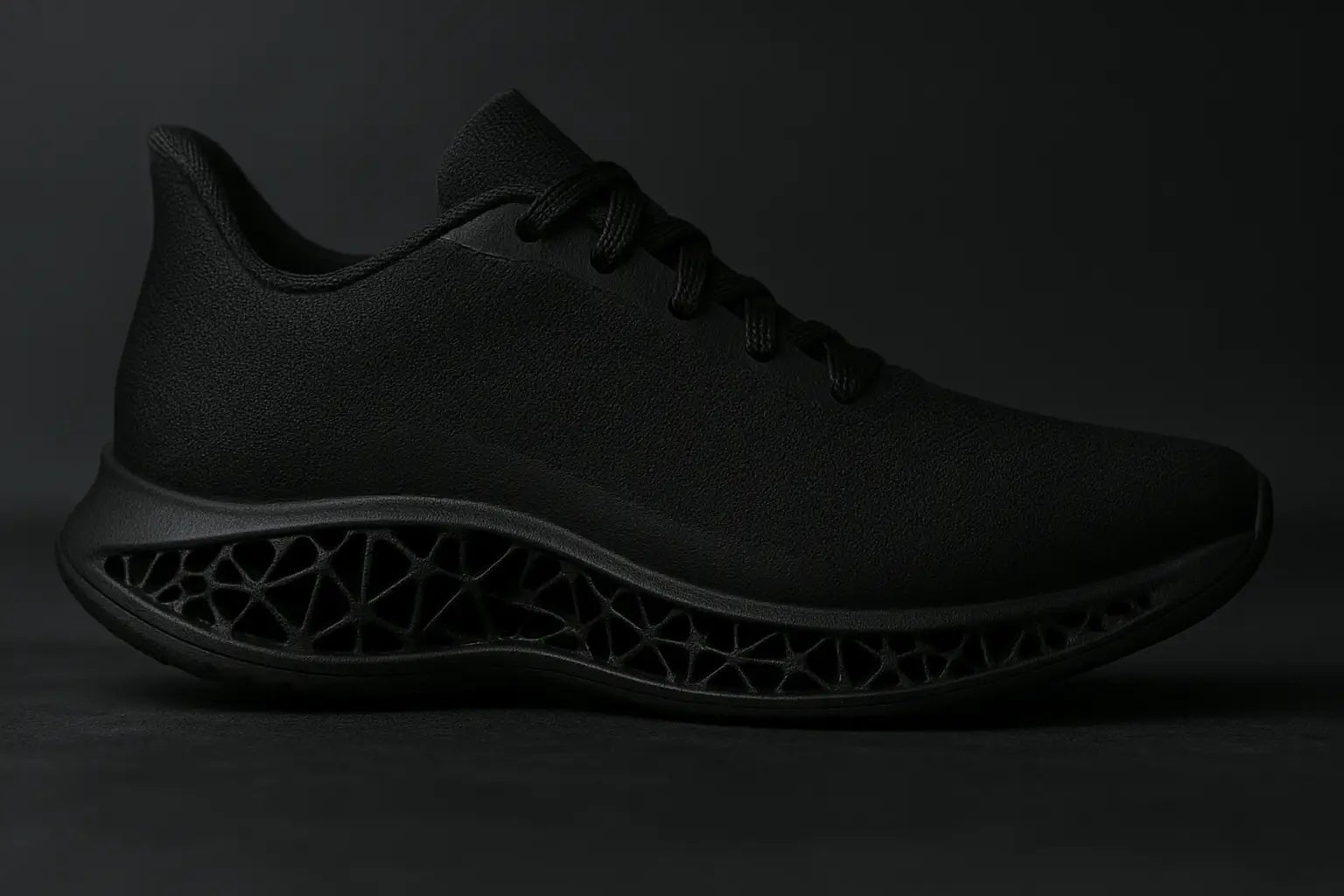SLS for Rapid Prototyping: Benefits & Use Cases
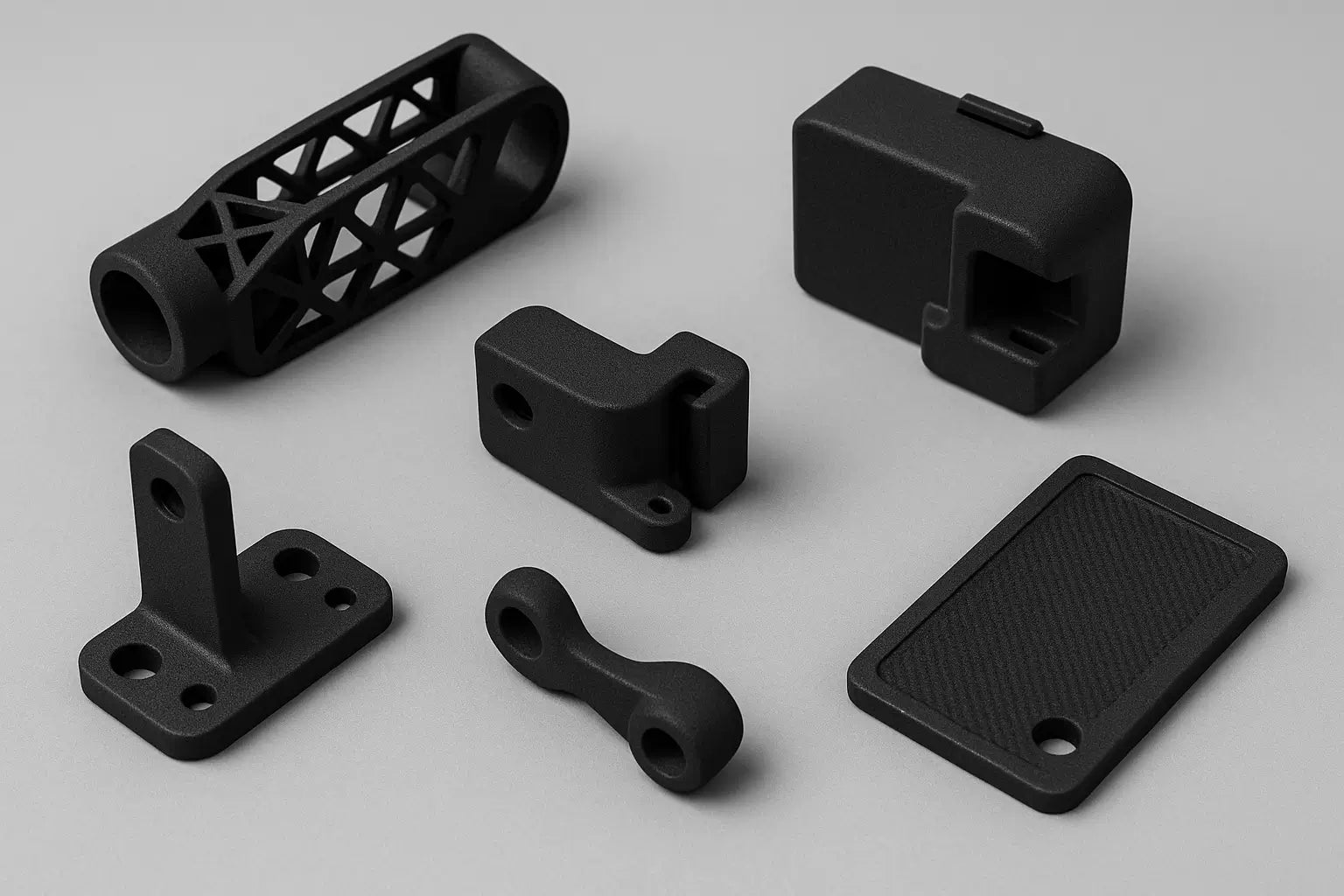
Why Choose SLS for Rapid Prototyping
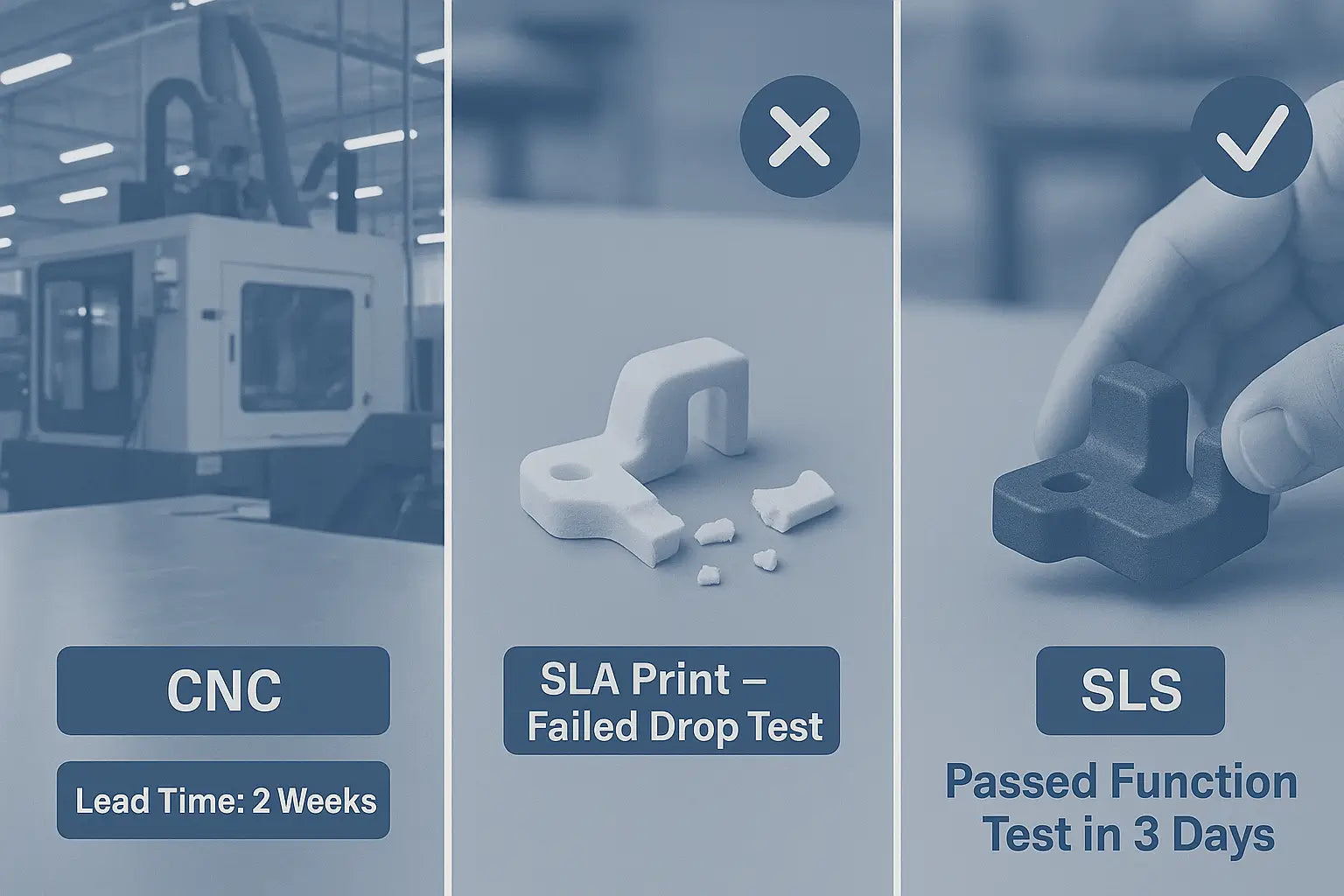
Who Should Use SLS for Rapid Prototyping?
Advantages of Using SLS for Prototyping
Cases: How Industries Use SLS for Prototyping
Automotive: Daimler’s snap-fit electronics housings
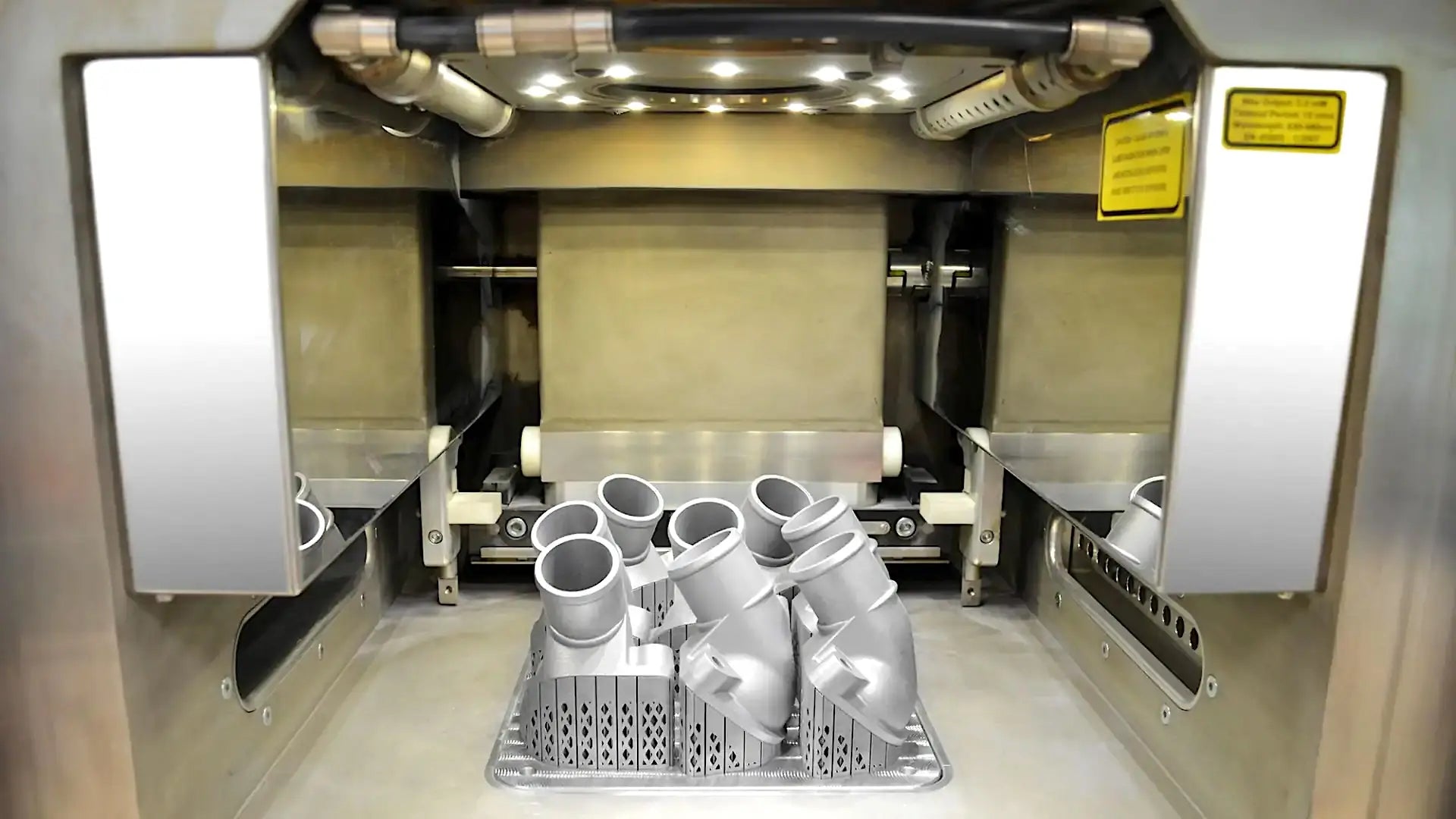
Medical: Patient-specific surgical guides without tooling delays
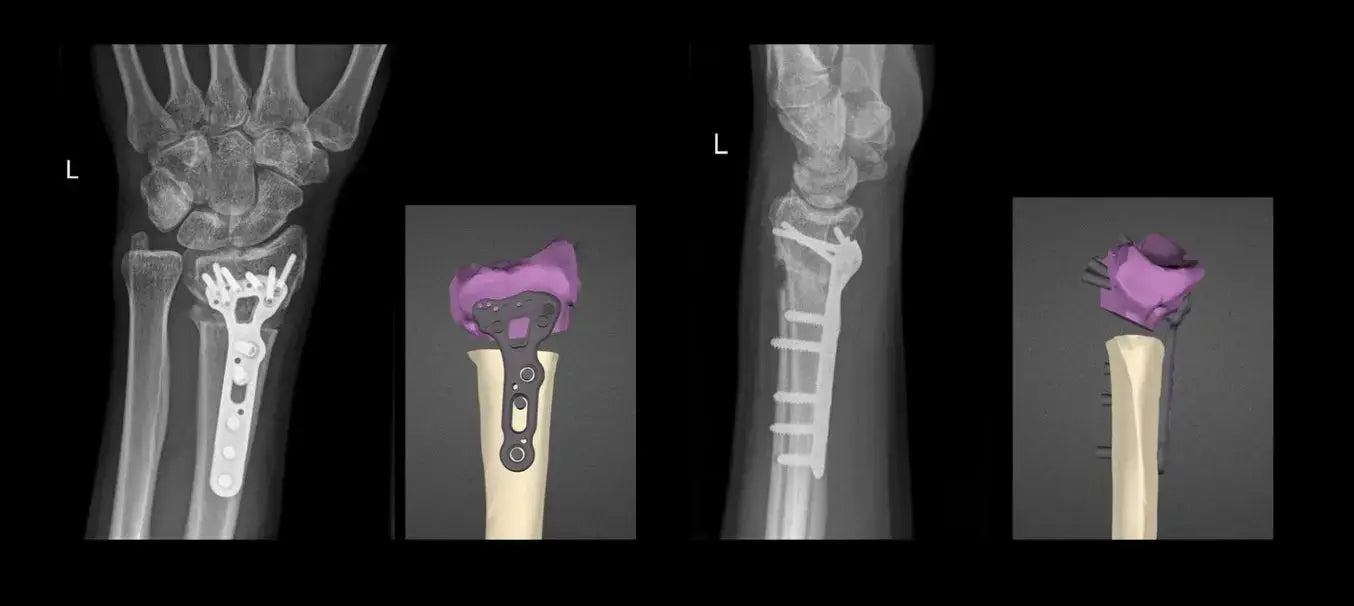
Consumer: 3D-printed midsoles that don’t compromise
